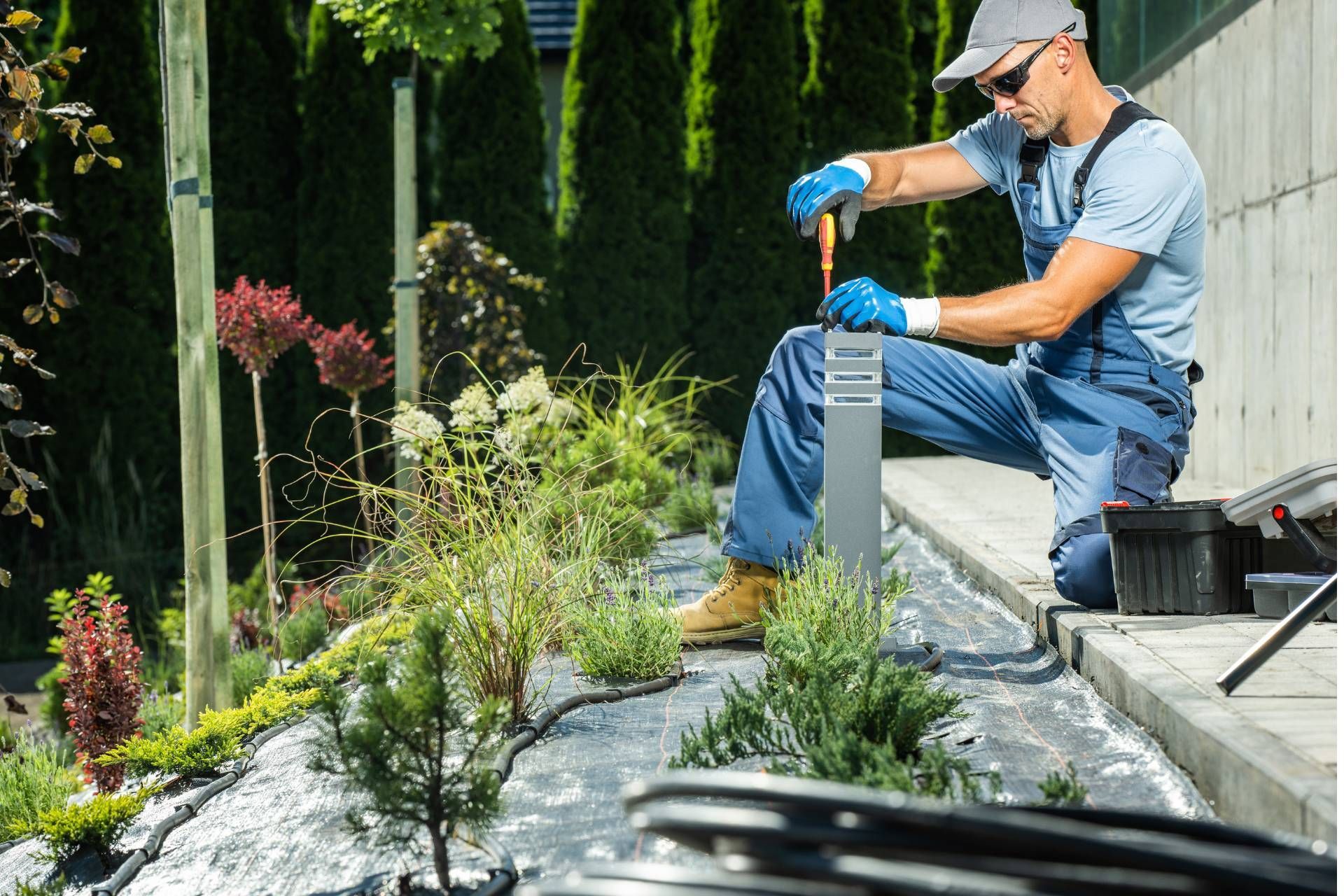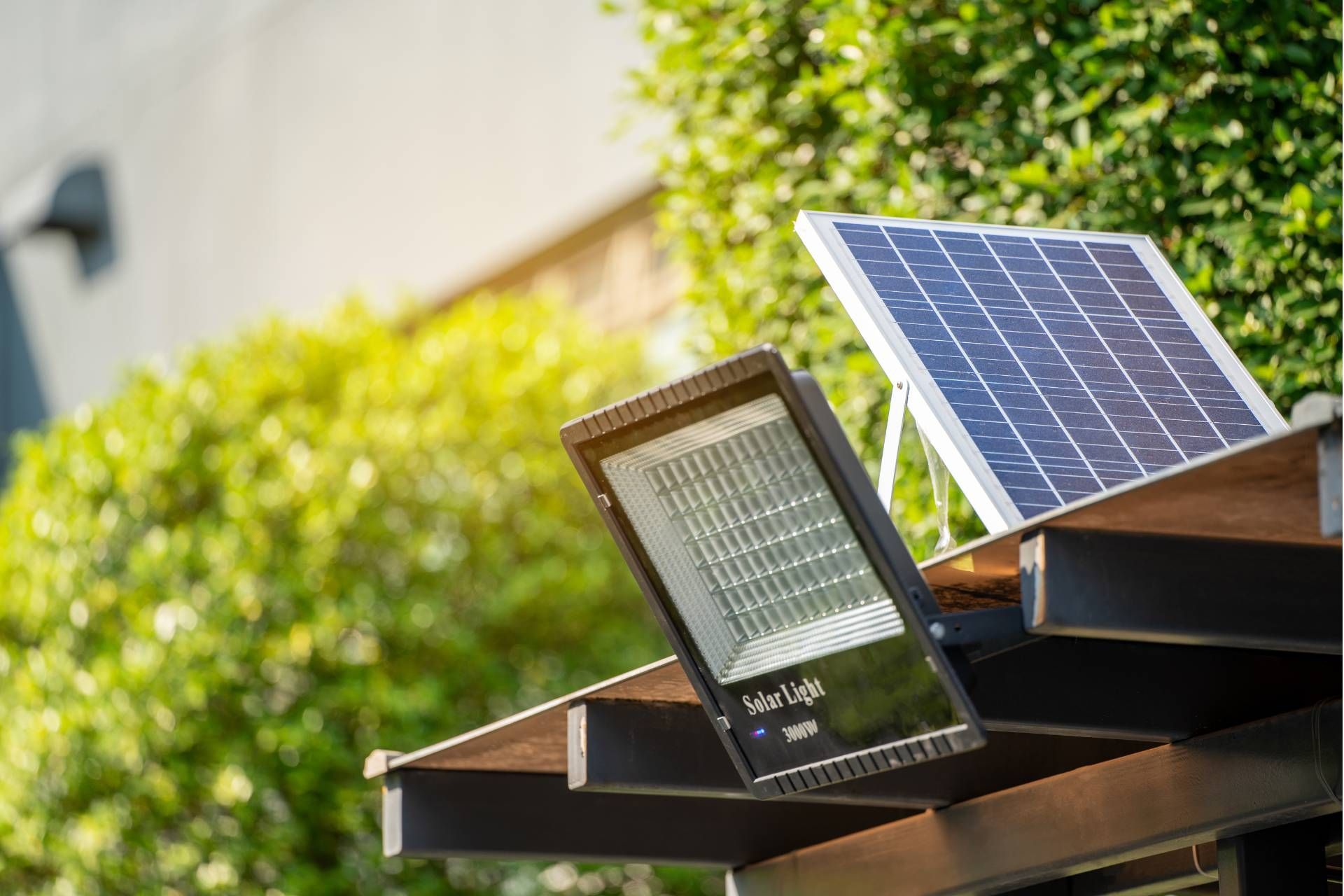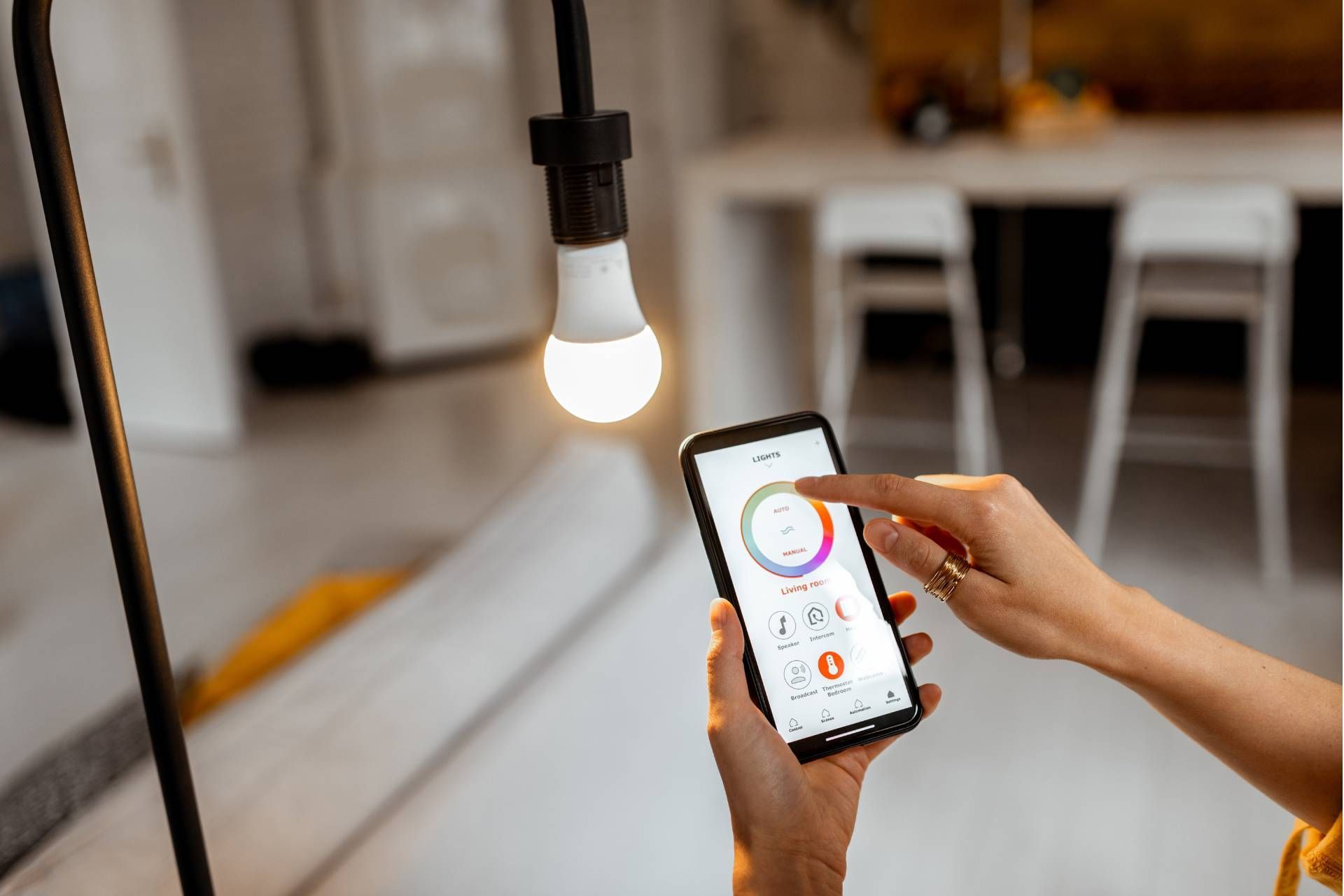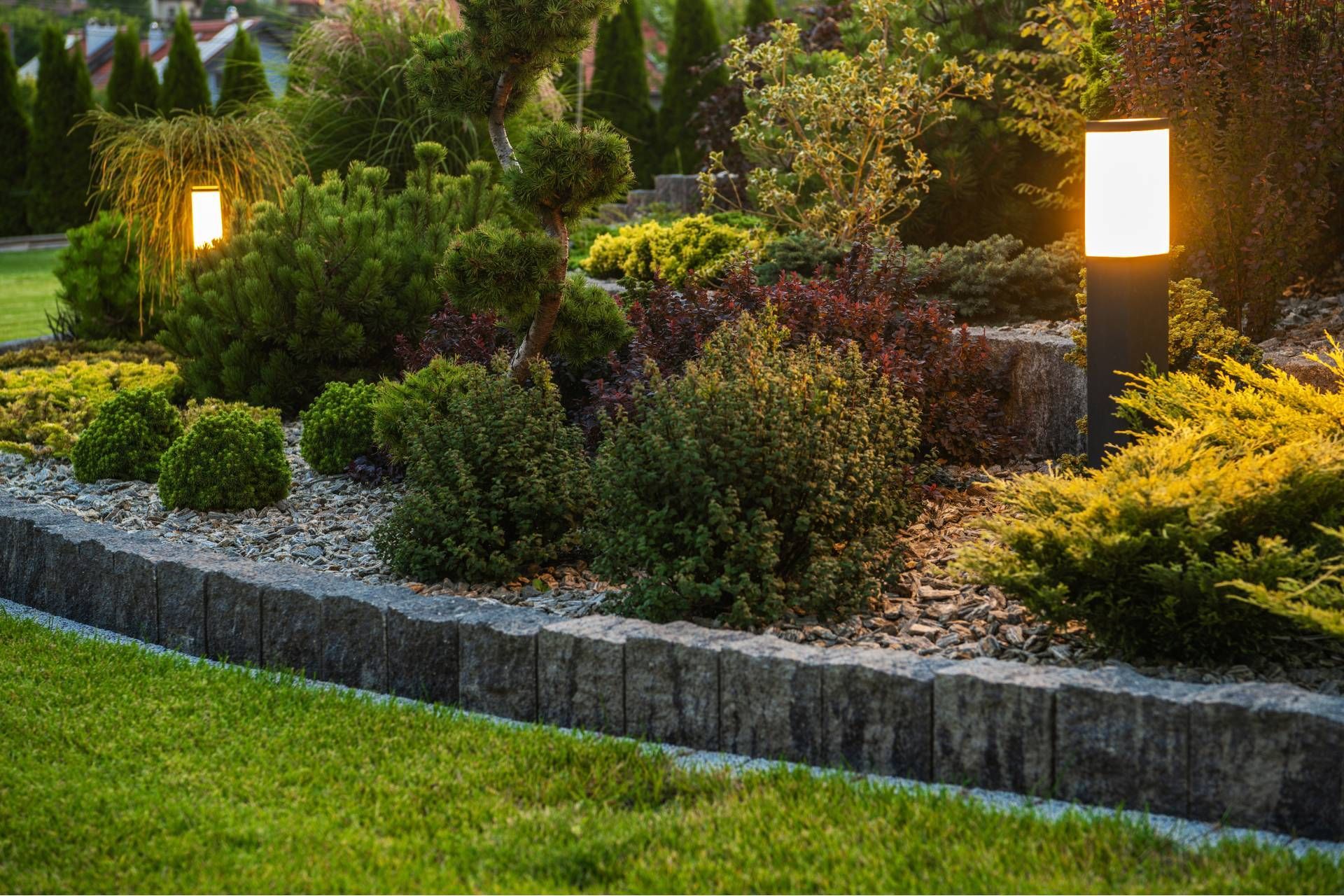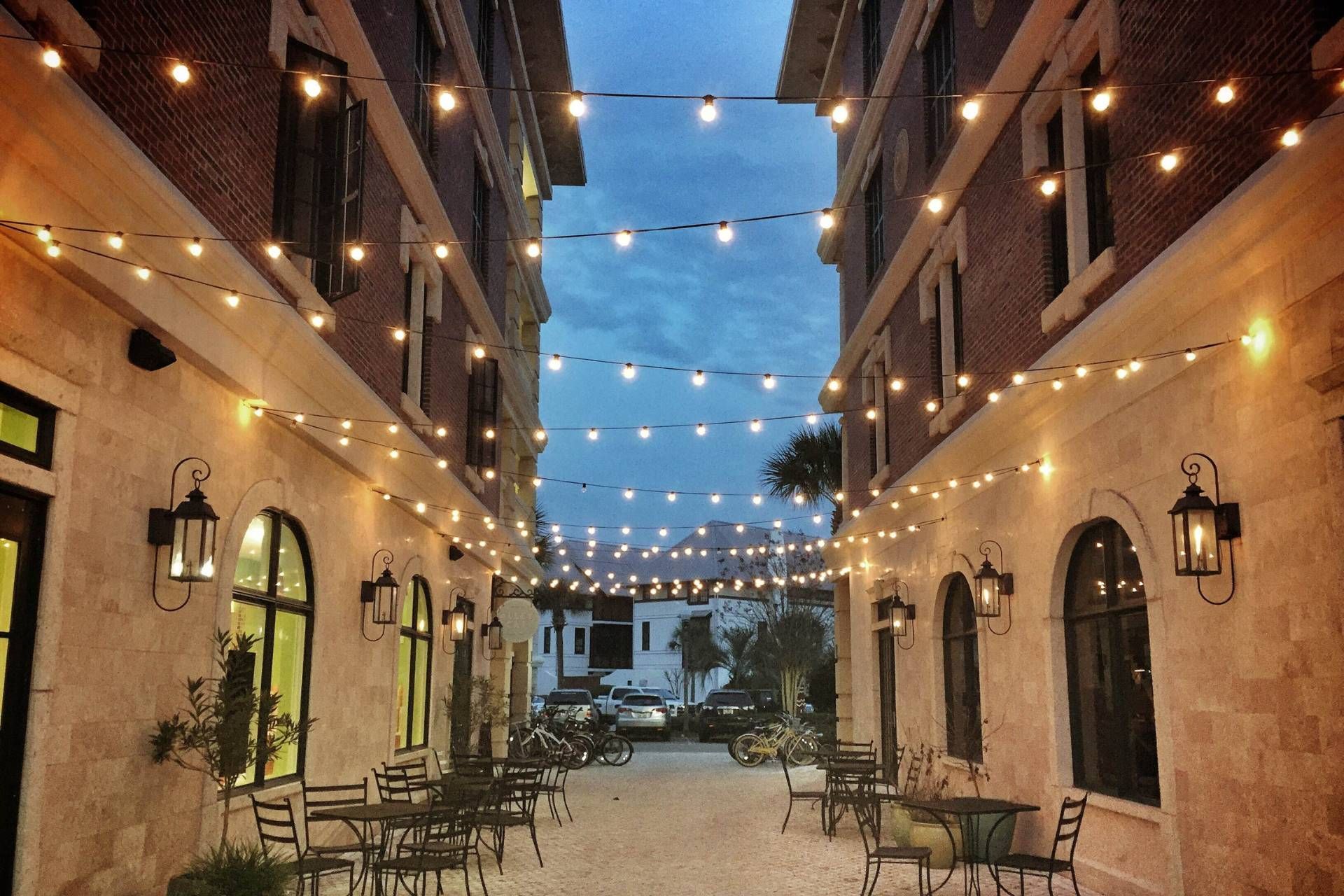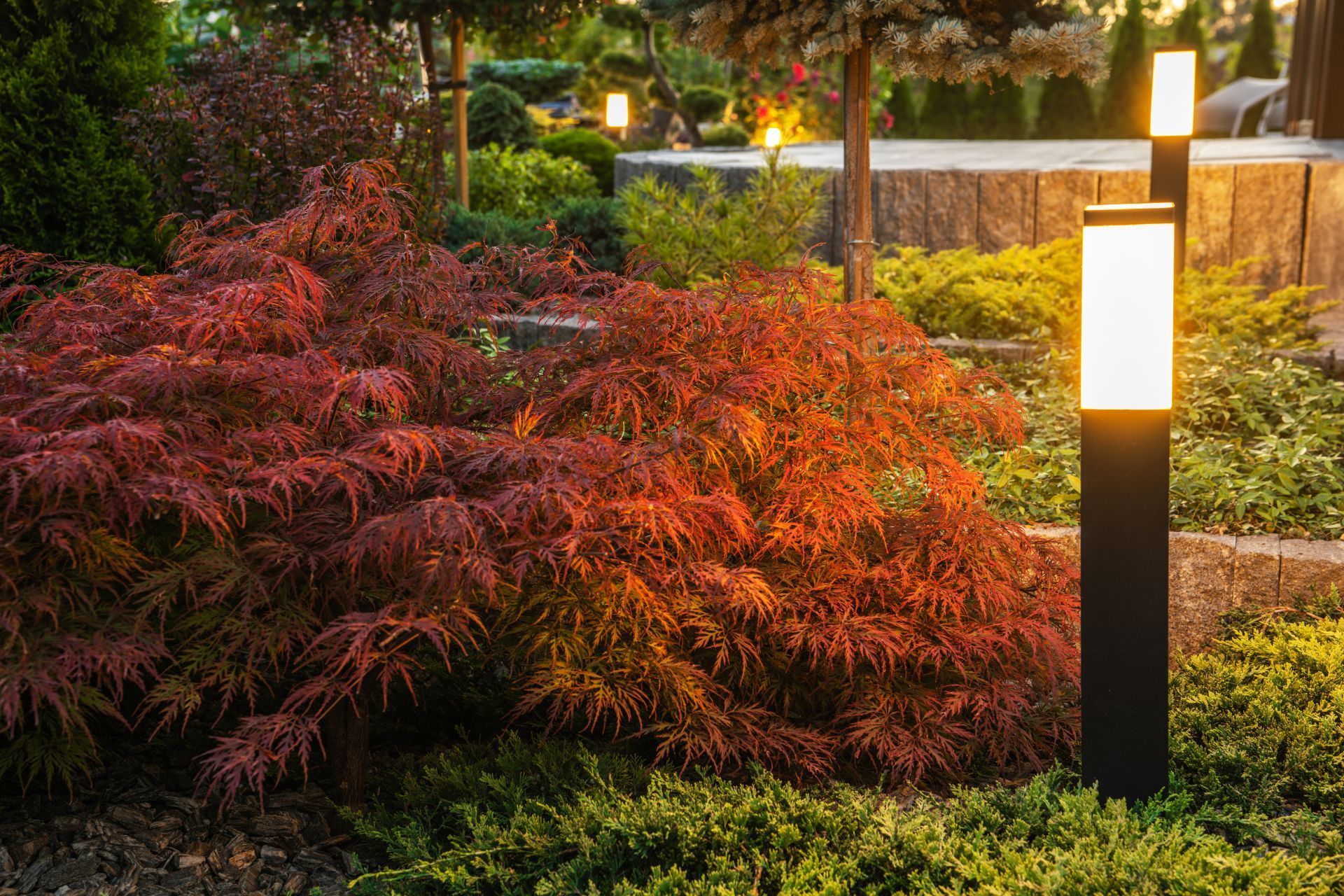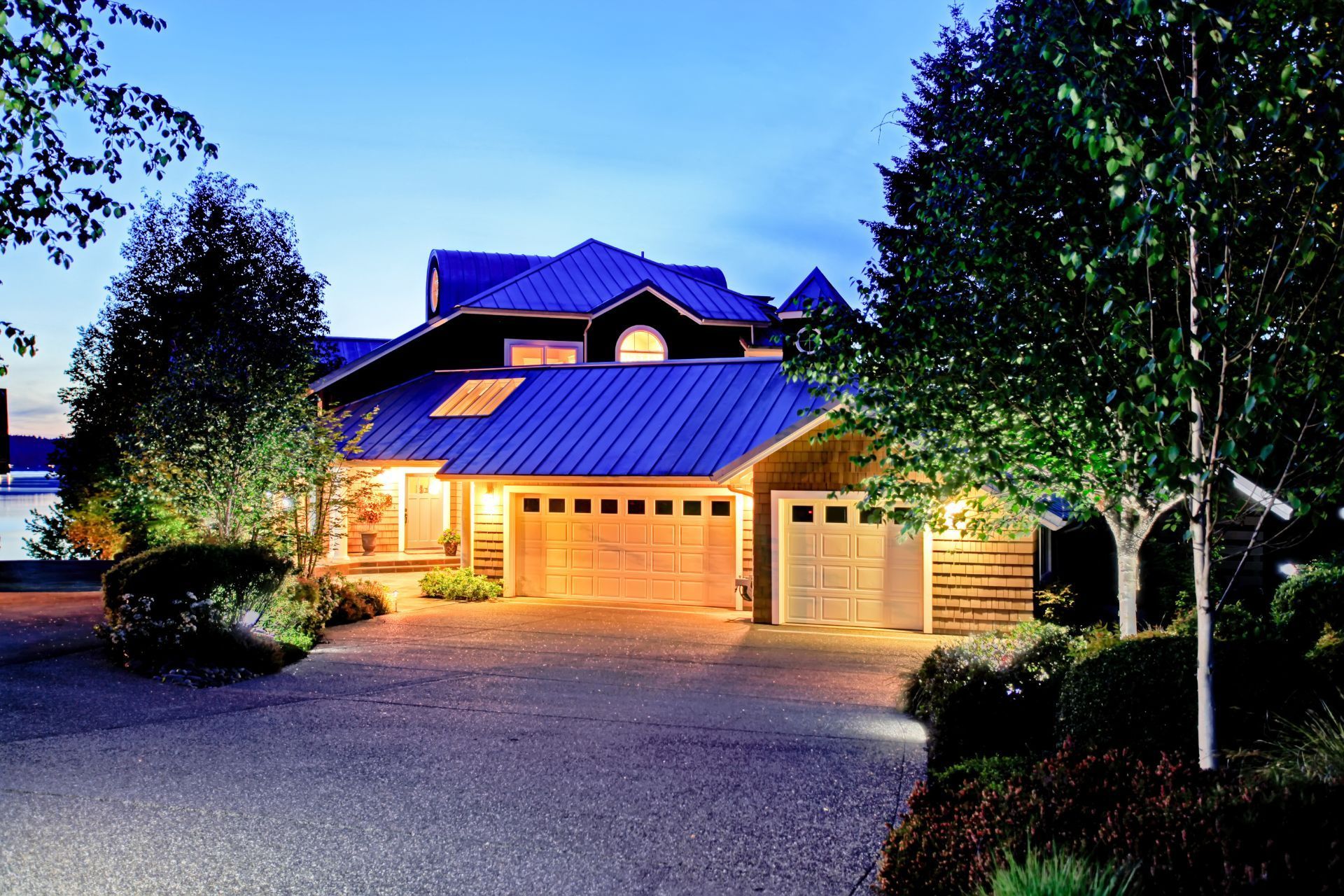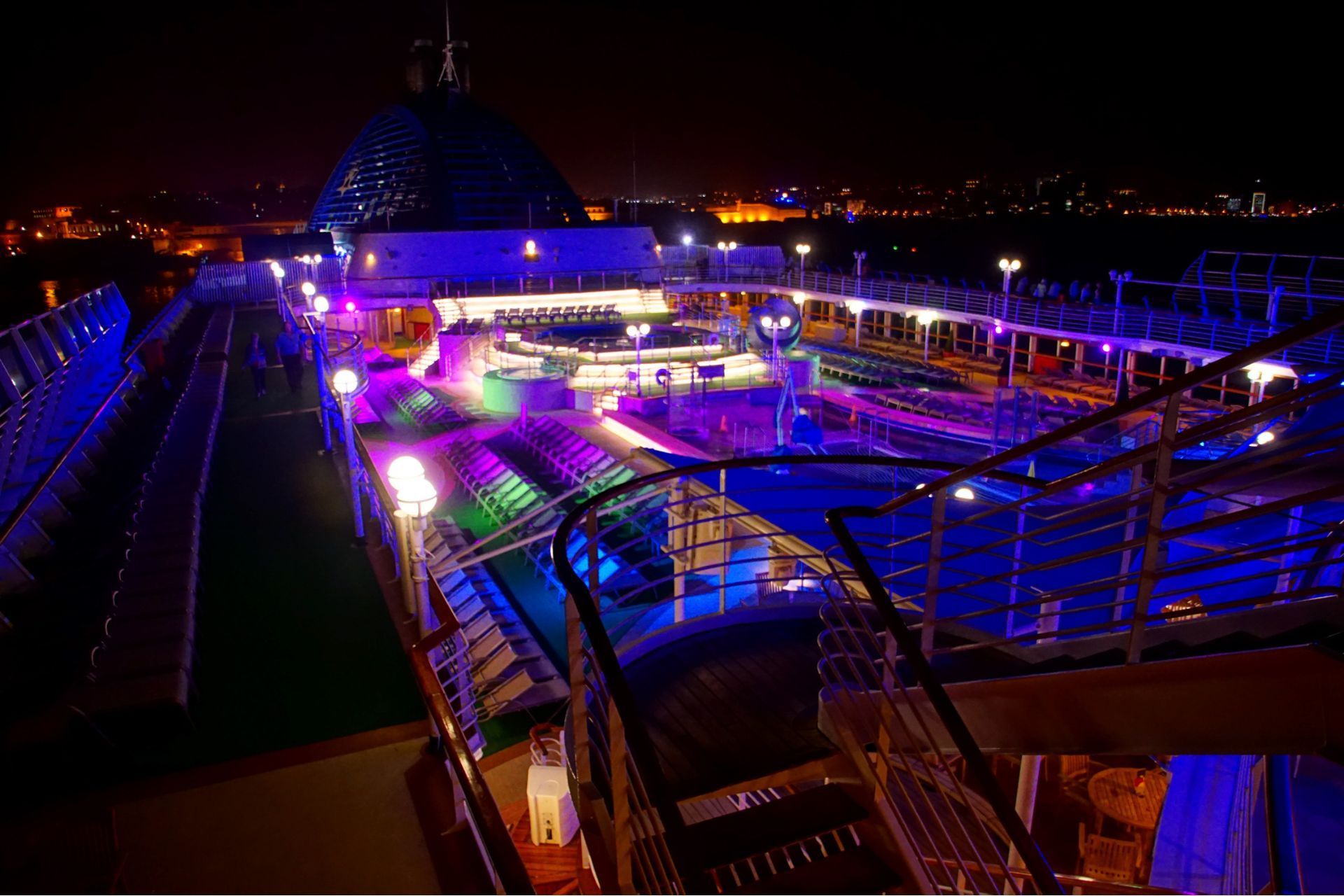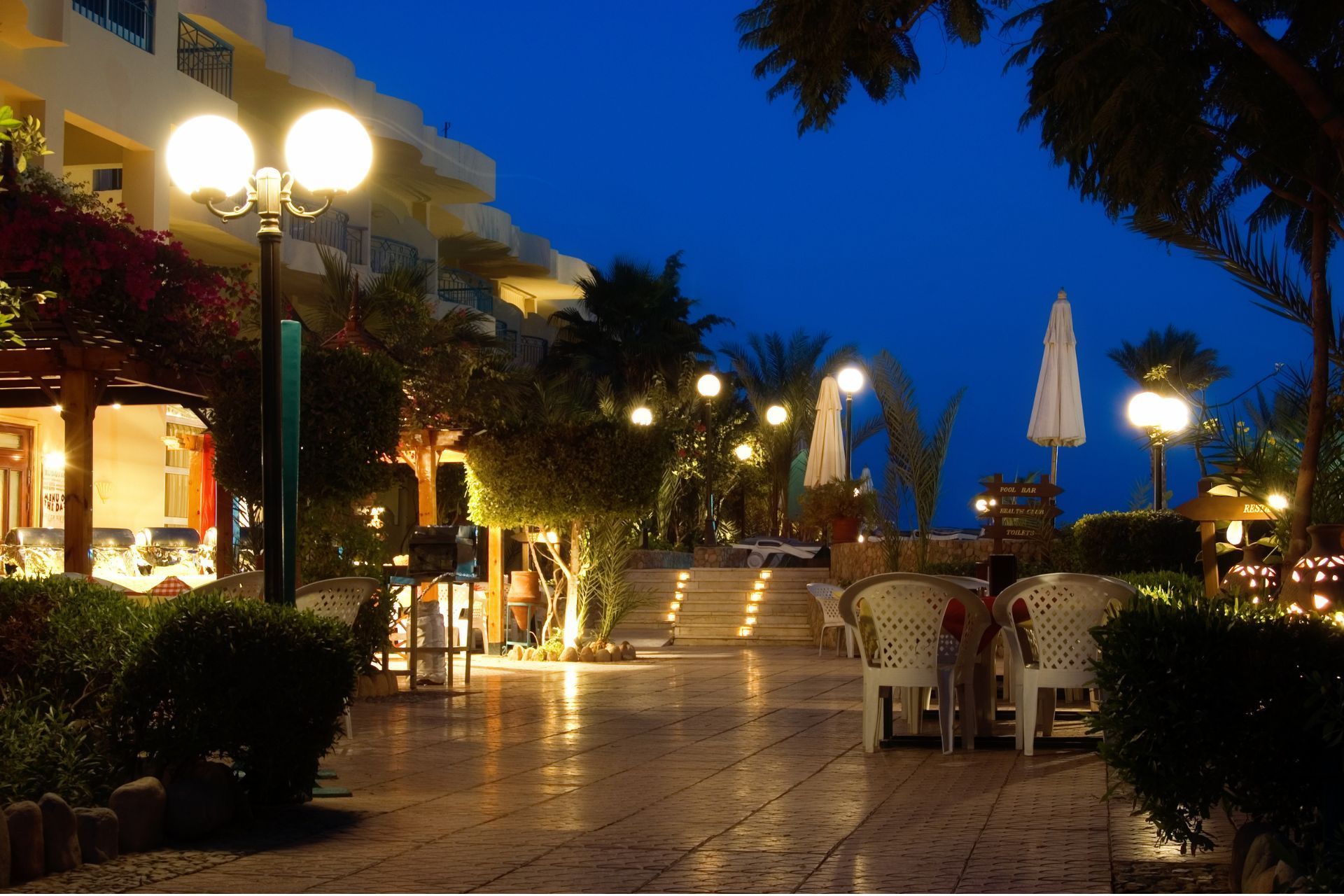How to Maintain Outdoor Light Fixtures
Outdoor light fixtures play a crucial role in illuminating and enhancing the aesthetics of your outdoor space. However, like any other home appliance or feature, outdoor light fixtures also require regular maintenance to ensure they continue to function efficiently and effectively. By keeping up with the maintenance of your outdoor light fixtures, you can extend their lifespan and avoid costly repairs or replacements down the line.
Here are some tips on how to maintain outdoor light fixtures:
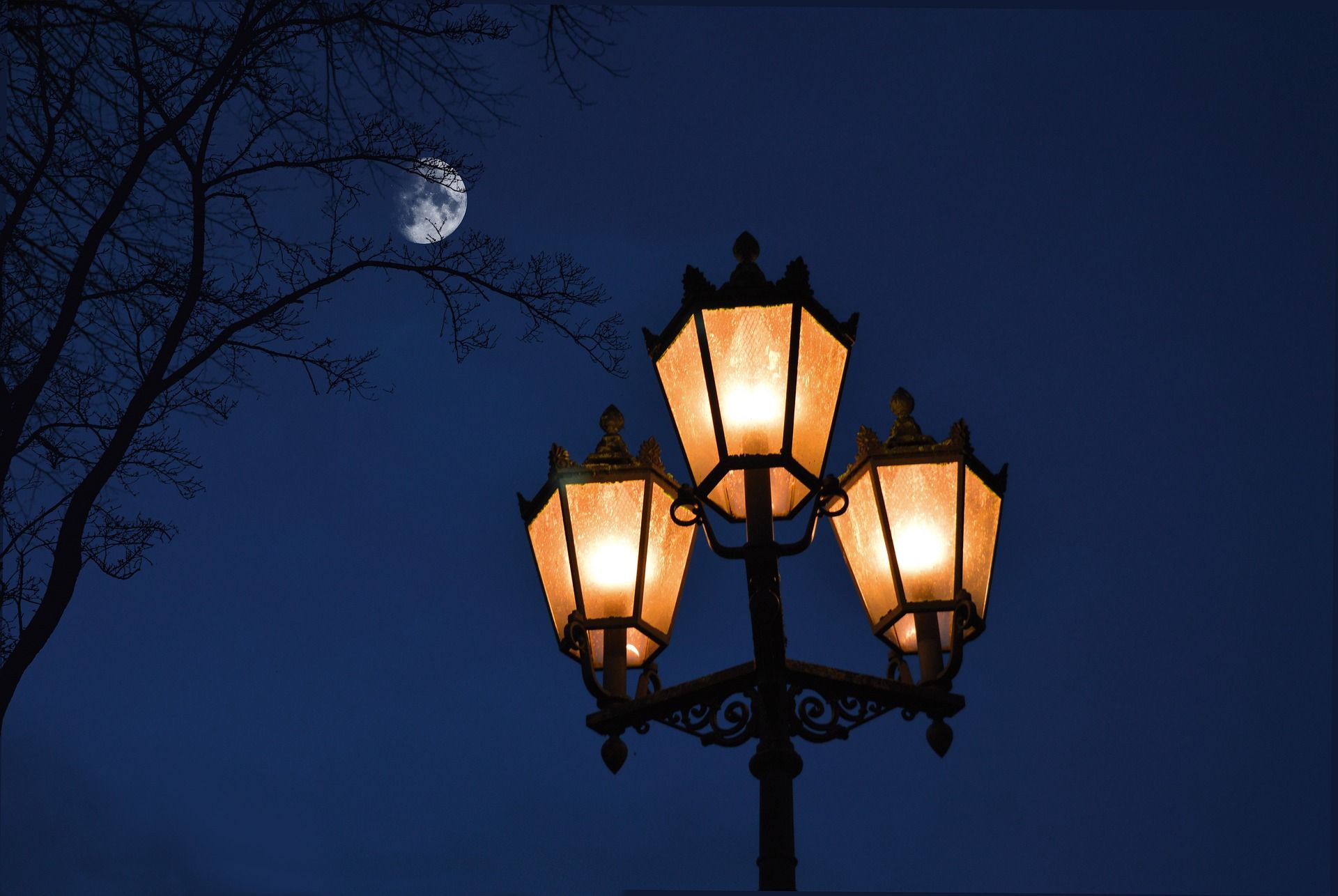
Clean regularly
Outdoor light fixtures are an important part of your home's exterior aesthetic and safety. They provide illumination for your outdoor spaces, helping to create a welcoming atmosphere and also increasing visibility at night. However, over time, outdoor light fixtures can become dirty and grimy, reducing their effectiveness and detracting from the overall appearance of your home. That's why it's important to regularly clean your outdoor light fixtures to ensure they stay in good working condition and continue to enhance the beauty of your home.
Dirt, dust, pollen, and other debris can accumulate on outdoor light fixtures, blocking light output and making your fixtures look dingy. This buildup can also attract bugs and insects, which can further obstruct the light and cause potential safety hazards. Additionally, dirty outdoor light fixtures can also be a breeding ground for mold and mildew, which can not only affect the appearance of your fixtures but also pose health risks. By regularly cleaning your outdoor light fixtures, you can prevent these issues and ensure your fixtures are functioning optimally.
Cleaning your outdoor light fixtures is a simple and straightforward process that can be done with minimal time and effort. Start by turning off the power to the fixture to avoid any electrical hazards. Remove the fixture's cover or shade, if applicable, and gently wipe down the inside and outside with a damp cloth or sponge and a mild household cleaner. Be sure to avoid using abrasive cleaners or scouring pads, as these can scratch the surface of the fixture and cause damage. For tougher dirt and grime, you can use a soft brush or toothbrush to gently scrub the fixture. Once you've cleaned the fixture, be sure to dry it thoroughly before reattaching the cover or shade and turning the power back on.
Check for damage
It's important to regularly inspect your outdoor light fixtures to make sure they are in proper working condition and to prevent any potential safety hazards. Here are a few reasons why checking your outdoor light fixtures for damage is crucial:
- Electrical safety: Outdoor light fixtures are connected to your home's electrical system, so any damage to the fixture itself can pose a risk of electrical shock or fire. Loose wires, exposed connections, or cracks in the fixture can all be signs of potential electrical hazards.
- Water damage: Outdoor light fixtures are exposed to the elements, so they are more susceptible to water damage. Water infiltration can lead to rust, corrosion, or short circuits in the fixture, compromising its function and safety.
- Physical damage: Accidental damage from objects hitting the fixture, rough handling during installation, or natural wear and tear can all cause physical damage to outdoor light fixtures. Cracks, dents, or loose parts can affect the durability and effectiveness of the fixture.
- Insect infestation: Outdoor light fixtures can attract insects such as ants, bees, or spiders, especially if they emit heat or light. Insects can build nests inside the fixture, leading to blockages or malfunctions in the lighting.
To keep your outdoor light fixtures in good condition and ensure the safety of your home, it's important to regularly inspect them for signs of damage. Here are some simple steps you can take to check your outdoor light fixtures:
- Visually inspect the fixture for any cracks, dents, or signs of wear and tear. Make sure all parts are securely attached and in good working condition.
- Test the light to see if it turns on and off properly. Check for any flickering or dimming, which can indicate an issue with the wiring or bulb.
- Inspect the wiring and connections for any signs of fraying, exposed wires, or loose connections. Make sure all electrical components are properly insulated and protected from the elements.
- Clean the fixture regularly to remove any dirt, dust, or debris that can affect its function. Be cautious when cleaning around electrical components to prevent damage.
If you notice any signs of damage or malfunction in your outdoor light fixtures, it's best to address them promptly to prevent further issues. Consider replacing or repairing the fixture if needed, or consult a professional electrician for assistance.
Replace bulbs as needed
One easy way to ensure that your outdoor light fixtures are working efficiently is to replace the bulbs as needed.
Over time, outdoor light bulbs can become dim, flicker, or burn out completely. This not only affects the overall aesthetic of your outdoor space, but it can also compromise your safety and security. Proper lighting is essential for illuminating pathways, driveways, and entryways, as well as deterring potential intruders.
Replacing outdoor light bulbs is a simple and cost-effective way to maintain the functionality of your outdoor lighting. When selecting replacement bulbs, it's important to consider factors such as wattage, color temperature, and durability. LED bulbs are a popular choice for outdoor lighting, as they are energy-efficient, long-lasting, and provide bright, clear illumination.
Before replacing the bulbs in your outdoor light fixtures, be sure to switch off the power at the breaker box to prevent any accidents. Once the power is off, carefully remove the old bulb and replace it with the new one, making sure to securely tighten the bulb in place.
Protect from the elements
One of the main threats to outdoor light fixtures is moisture. Rain, snow, and humidity can all cause damage to your fixtures if they are not properly protected. Here are some tips to help protect your outdoor light fixtures from the elements:
- Choose the right materials: When selecting outdoor light fixtures, opt for materials that are designed to withstand the elements. Look for fixtures made from weather-resistant materials such as aluminum, stainless steel, or plastic.
- Seal connections: Make sure all connections on your outdoor light fixtures are properly sealed to prevent moisture from seeping in. Use silicone caulk or weatherproof tape to seal any gaps or cracks in the fixture.
- Install under eaves: If possible, install your outdoor light fixtures under eaves or overhangs to provide some protection from rain and snow. This will help to prolong the life of your fixtures and prevent them from becoming damaged by water.
- Clean regularly: To prevent dirt and debris from building up on your outdoor light fixtures, be sure to clean them regularly. Wipe down the fixtures with a damp cloth or use a gentle cleaner to remove any grime. This will not only keep your fixtures looking their best but also help them function properly.
- Consider a protective coating: For an extra layer of protection, consider applying a protective coating to your outdoor light fixtures. There are several types of coatings available that can help to repel water and prevent rust or corrosion.
Maintain proper wiring
One key aspect to consider when it comes to outdoor light fixtures is the wiring - it's important to ensure that the wiring is properly installed and maintained to prevent any issues.
Here are some tips to help you maintain proper wiring for your outdoor light fixtures:
- Inspect regularly: It's important to regularly inspect the wiring for your outdoor light fixtures to ensure that there are no signs of damage or wear. Look for frayed wires, exposed connections, or any other signs of wear and tear. If you notice any issues, be sure to address them promptly to prevent any safety risks.
- Use outdoor-rated wiring: When installing or replacing wiring for your outdoor light fixtures, be sure to use outdoor-rated wiring that is specifically designed for outdoor use. Outdoor-rated wiring is more durable and weather-resistant, making it less likely to degrade or malfunction in outdoor conditions.
- Secure connections: When connecting wires for your outdoor light fixtures, be sure to secure the connections properly to prevent any potential hazards. Use waterproof connectors or electrical tape to seal the connections and protect them from the elements.
- Keep wiring away from water: It's important to ensure that the wiring for your outdoor light fixtures is kept away from water sources to prevent any risk of electrical shock or damage. Be sure to route the wiring in a way that it is protected from rain, sprinklers, or any other sources of water.
- Consult a professional: If you're unsure about how to properly install or maintain the wiring for your outdoor light fixtures, it's best to consult a professional electrician. A professional can ensure that the wiring is properly installed and up to code, reducing the risk of any safety hazards.


